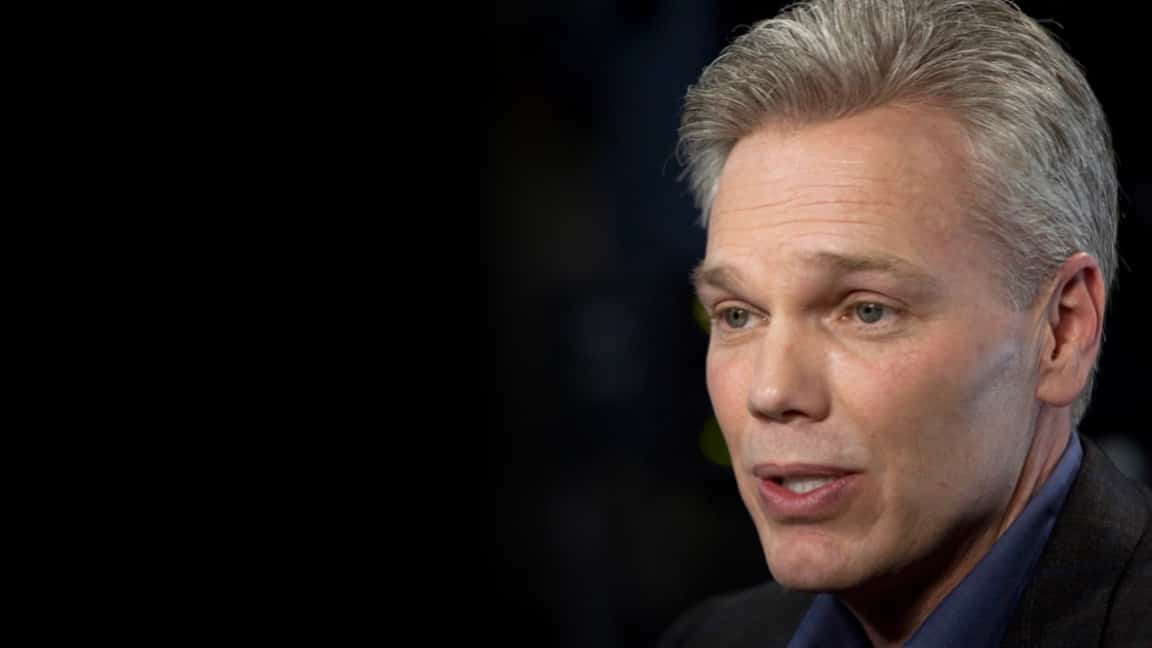The CEO defines an organization’s direction and culture, shaping a vision that motivates employees, engages customers, and builds confidence with investors. The CEO also balances immediate needs with long-term goals, transforming strategic ideas into actions everyone can support.
Every CEO’s impact is most visible in company decision-making. Whether expanding into new markets, managing crises, or driving innovation, they bring insight and clarity, combining data with intuition. They build connections across the company, fostering trust, transparency, and excitement about the future.
By championing a culture of creativity and inclusivity, the CEO creates a dynamic environment where people are eager to contribute. Their leadership ensures the organization is ready to meet challenges and thrive.
The Impact of CEO Decisions on Company Culture
A CEO’s influence runs deep, shaping the culture and spirit of the entire organization. Every decision—big or small—creates a ripple effect across the company, impacting everything from employee motivation to customer satisfaction, competitiveness, and innovation. How a CEO structures the organization, implements strategy, and designs business processes can either strengthen or weaken the company’s culture, defining the everyday experiences of every employee.
As the ultimate role model, the CEO sets the tone for ethical standards and behavior. Their actions and beliefs lay the foundation for a culture of integrity—or, conversely, a culture lacking it. A CEO who champions transparency, teamwork, and trust can build an environment where people feel valued and motivated, while one who fosters rivalry, secrecy, or fear can damage the company’s reputation and make it harder to attract and keep great talent. This cultural impact goes beyond just employee morale; it touches consumers, partners, and shareholders, shaping the company’s image and bottom line.
Executive Influence on Employee Morale and Productivity
In any organization, the CEO shapes the team’s cohesion, shared goals, and overall morale. Their leadership style, strategic choices, and personal behavior set the tone for the company culture, influencing whether the work environment is invigorating or demoralizing. A CEO who communicates clearly, makes consistent and ethical decisions, and demonstrates transparency can inspire employees, build trust, and foster a strong sense of loyalty and collaboration. This kind of leadership creates an environment where team members are motivated to achieve their best and work together towards common goals.
Conversely, a CEO’s approach can also have a detrimental impact. Poor communication, unfair treatment, or erratic decision-making can breed a culture of fear and uncertainty. When employees feel undervalued or see a lack of integrity in leadership, morale can plummet, leading to higher turnover and decreased productivity. A negative environment affects daily operations and hampers long-term growth and success. Therefore, recognizing the importance of the CEO’s role in influencing workplace morale and productivity is essential for building a thriving, dynamic organization.
Analyzing the Relationship Between Actions and Financial Performance
A CEO’s role goes far beyond managing daily operations; it profoundly influences a company’s financial performance. Each decision made by a CEO is a strategic move that can either enhance or undermine the company’s economic health. Often dubbed the firm’s ‘strategist-in-chief,’ a CEO’s decisions will ripple through every aspect of the business, affecting corporate direction, investments, employee morale, market relevance, and, ultimately, the bottom line.
Examining various companies reveals a clear link between CEO actions and financial outcomes. For example, CEOs who drive a culture of innovation often see significant returns on research and development, leading to notable economic growth. Those skilled in strategic risk-taking can navigate market volatility and secure financial stability for their companies. CEOs who prioritize transparency and ethical behavior build trust with stakeholders, which can positively influence stock market performance. As these examples demonstrate, a CEO’s choices significantly impact a company’s financial success.
The Role in Risk Management and Crisis Response
When assessing the CEO’s role, it’s vital to recognize their role in risk management and crisis response. This position goes beyond being a figurehead; it demands the foresight to anticipate potential threats, develop strategies to mitigate risks, and respond effectively to crises that may arise. CEOs are expected to guide the company through turbulent times, ensuring business operations continue smoothly despite challenges.
In a crisis, the CEO becomes the central figure, balancing two critical roles: the chief responder and the organization’s public face. This requires sharp decision-making, strategic planning, and clear and reassuring communication. A skilled leader in the CEO role must manage the crisis discreetly while maintaining calm and confidence internally with employees and stakeholders. The true test of a CEO’s effectiveness in a crisis is their ability to navigate the company through the storm and restore normalcy swiftly and efficiently. There is an unmistakable difference between the CEO who manages in the calm and can lead their organizations during economic storms– few can do both well.
The Effect of Chief Executive Officer Conduct on Public Perception and Customer Loyalty
A CEO’s behavior is a powerful driver of public perception and plays a crucial role in shaping a company’s image. As the leader and primary spokesperson for the organization, the CEO’s actions, decisions, and overall conduct are closely scrutinized. Their integrity and transparency set the tone for how the company is viewed by stakeholders, including investors, customers, and the media. For example, a CEO committed to sustainability and ethical business practices can significantly enhance their company’s reputation. This dedication appeals to environmentally conscious consumers and builds trust with investors and partners who value corporate responsibility.
Moreover, the CEO’s approach to leadership profoundly impacts customer loyalty and satisfaction. A CEO who prioritizes understanding and addressing customer needs can cultivate a strong sense of trust and loyalty among consumers. By consistently delivering high-quality products and services and staying attuned to market demands, such a CEO ensures that the company meets and exceeds customer expectations. This alignment between brand promises and customer experiences leads to repeat business, positive referrals, and more robust, resilient customer relationships.
On the flip side, unethical or irresponsible behavior by a CEO can have severe repercussions. Actions that betray customer trust or fall short of ethical standards can damage the company’s reputation and alienate its customer base. The fallout from such behavior is often long-lasting and challenging to repair, as it undermines the credibility and reliability of the brand. This can result in decreased customer loyalty, negative media attention, and a decline in overall business performance, highlighting the critical importance of a CEO’s role in shaping and maintaining a positive public image.
The Evolving Role of the CEO in Business Success and Failure
As companies adjust to rapid technological advancements, the role of the CEO is undergoing a significant transformation. In the past, CEOs were seen as the ultimate decision-makers and primary authority figures, directing their companies with a strong, centralized approach. However, modern CEOs are now expected to be more than just strategic overseers. They must lead their organizations through digital transformation by integrating new technologies and leveraging data for decision-making. This shift requires CEOs to possess both technological expertise and emotional intelligence.
The contemporary CEO is expected to cultivate an environment that supports flexibility and resilience. This means creating a workplace culture where adaptability is valued, and employees are encouraged to contribute ideas and collaborate across departments. CEOs must balance their visionary role with the need to be accessible and transparent, ensuring that their strategies are communicated effectively and that their teams are aligned with the company’s goals.
This evolution marks a move away from the traditional top-down leadership style towards a more inclusive approach. Today’s CEOs are seen not just as authoritative figures but as facilitators of a dynamic and collaborative work environment. They are tasked with guiding their organizations through uncertainty and disruption– all while maintaining a clear and inspiring vision for the future.







